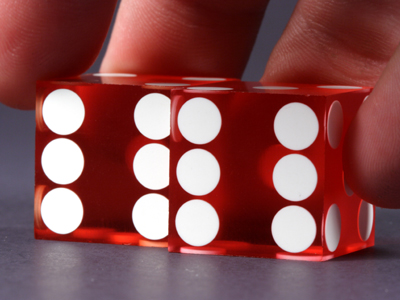
The 06 Times Table
Learning the six times table is a must for any KS3 Maths student. It involves multiplying numbers by 6. There are various ways of doing this. Taking 8 x 6 as an example, we could multiply the 8 by 5 to get 40 and then add another 8 to reach 48. But that takes a little time. Learning the times tables off by heart will things a lot easier for you!
Six is a number you'll come across a lot. Insects such as flies, ants, beetles and wasps have six feet. There are six feet in a fathom. A fathom is a nautical measure of depth: it equals approximately 1.8 m. Volleyball and ice hockey are both played with teams of 6 players. A cube, also known as a hexahedron, has six faces, that's why there are six numbers on most dice.
Be careful when you pick your answers. If you rush you might hit the wrong one - and you wouldn't want that now would you? Practise makes perfect so keep coming back to this quiz even when you've mastered it.
Ready for more?
not all...
quizzers. Try to win a coveted spot on our Hall of Fame Page.







